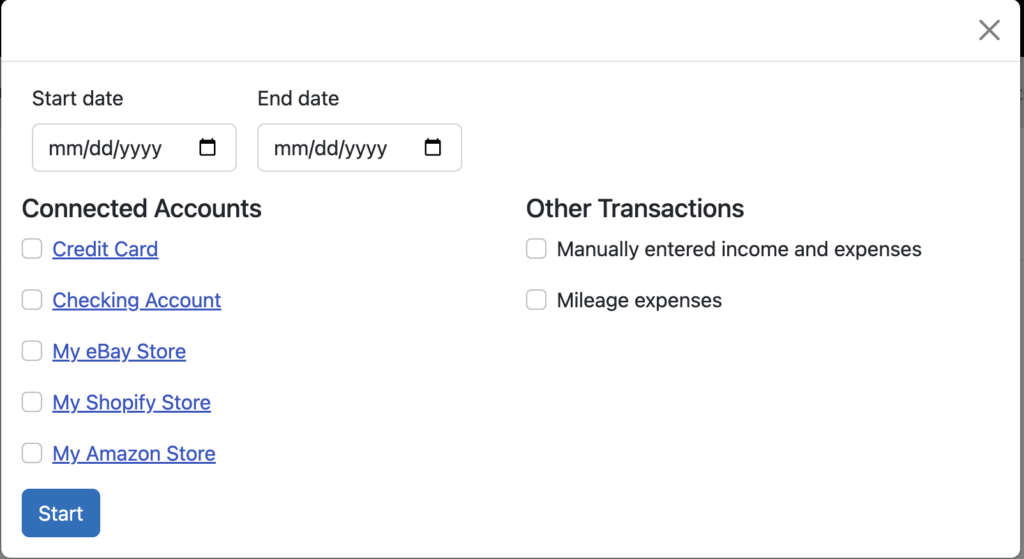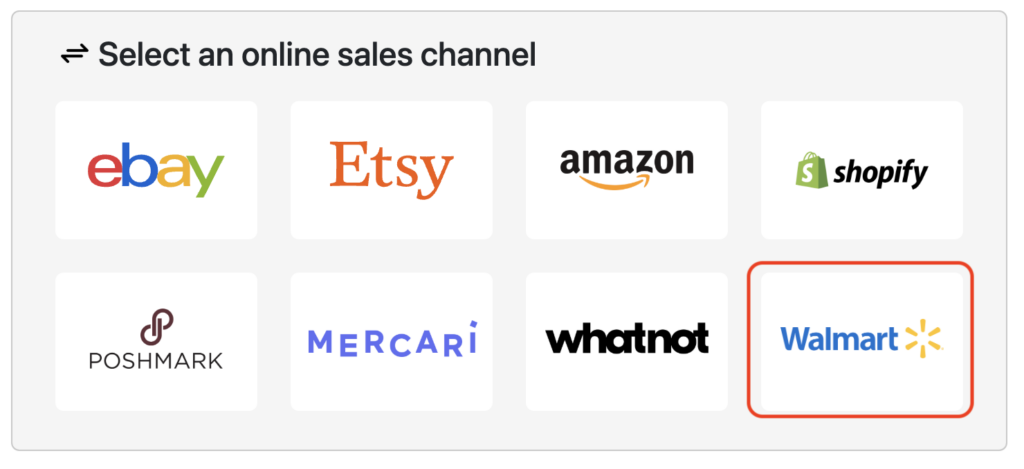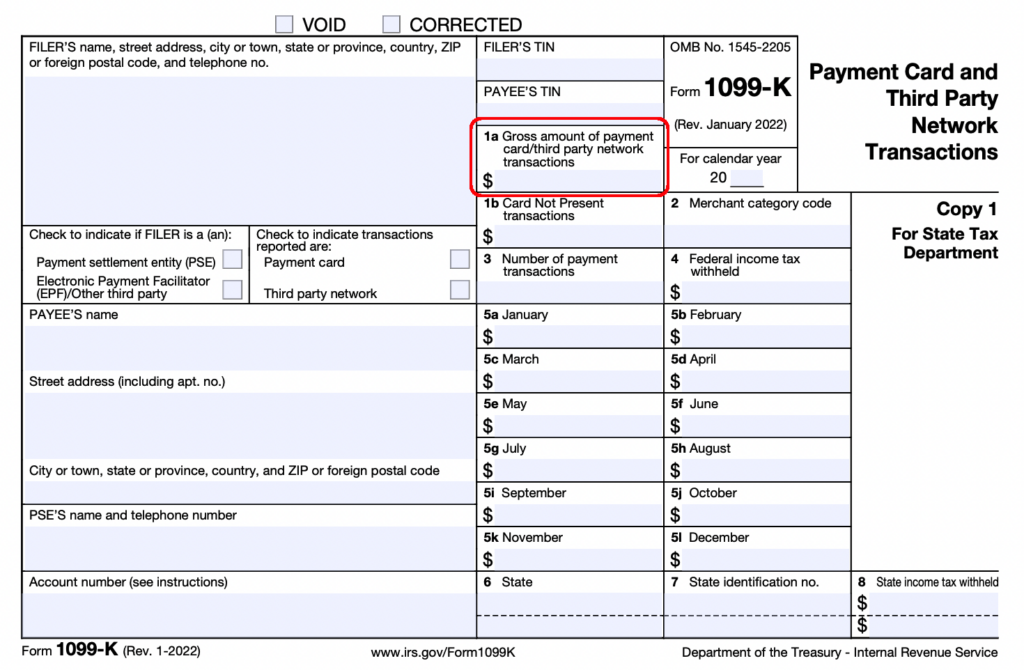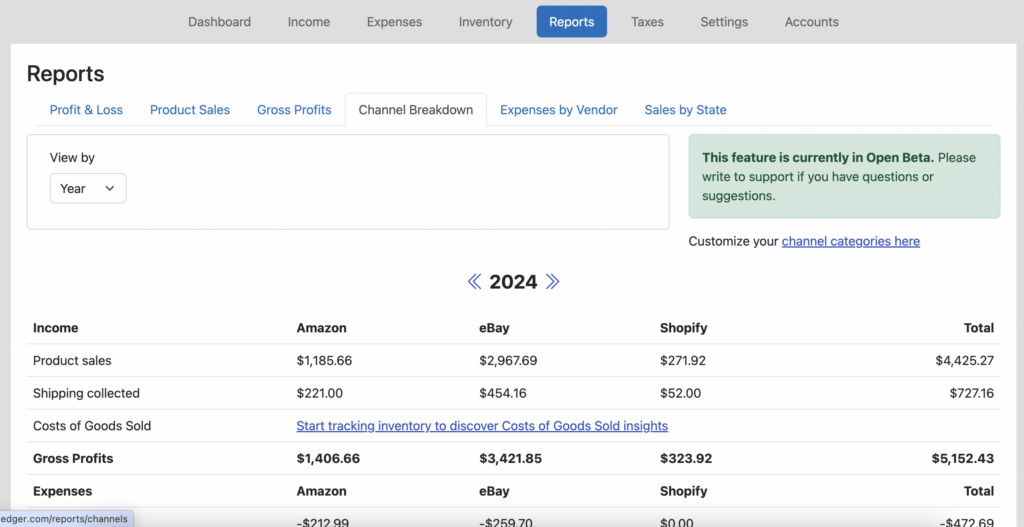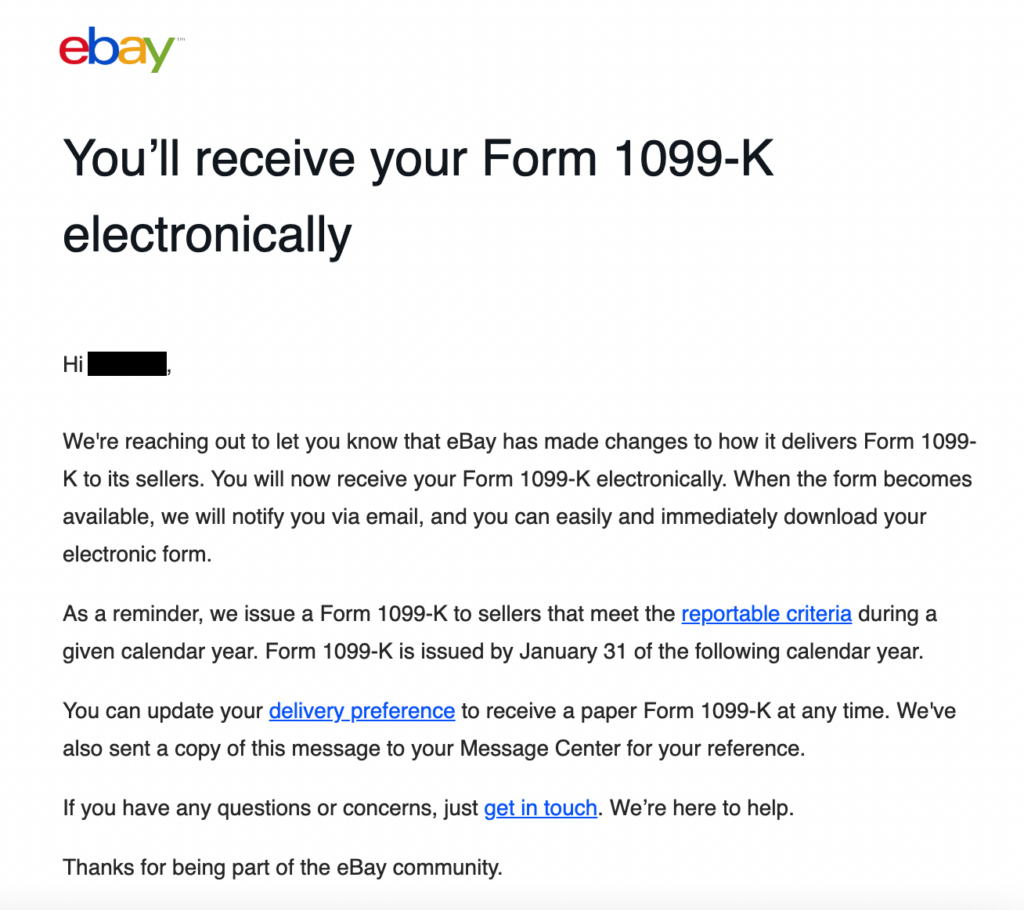6 Tips to simplify Shopify taxes
Tax time is here (in the United States, anyway) and for Shopify businesses in particular, that means a lot of potential complexity. And now that the 1099-K threshold is being lowered to $5,000 per platform, now is a great time to consider ways to simplify Shopify taxes

You can avoid a lot of hassle by investing some time in planning how to manage your business finances. And while tax preparation is one of the last things Shopify store owners tend to focus on (or enjoy,) each filing season can be a painful reminder of the choices we previously made.
6 tips to simplify Shopify tax organization and filing.
1. Use separate bank and credit card accounts
It sounds obvious, but newer and smaller sellers often think they can put this off for the future. But spending the time (and money) to separate commingled personal and business finances is just not worth it. Make sure you have a dedicated business banking account, where all of your eCommerce payouts get deposited. Take out a dedicated business credit card (or use a debit card) and make sure all of your business expenses are paid through it. Doing so makes it a relative breeze to get your transaction history for tax time. You’ll have fewer places to look, fewer statements to track down, and most importantly, get to completely skip “removing” personal transactions.
2. Choose banks and credit cards that have “good” online banking capabilities
When choosing a bank or credit card, do a little research into their online banking capabilities. While most banks have some level of online banking, some banks do a much better job making transaction history available electronically. In particular, small, regional banks and credit unions tend to invest less in their online banking capabilities. This can lead lead to less data being made available, and sometimes at lower quality.
Another way to evaluate online banking capabilities is by looking at how banks handle sign-in and authorization. The best banks now support OAuth, which permits 3rd party application developers to get customer “permission” to access specific data from their bank using special tokens, which avoid the need to request usernames and passwords. In addition, customers can choose to manage and “revoke” permission of these external programs from the bank’s website.
3. Use accounting/bookkeeping software that’s great at accessing electronic data
I mentioned in the prior tip the importance of online banking and access to electronic financial records. The same goes for eCommerce channels. Most large, established channels make their data available through APIs (application programming interfaces,) which allow other software companies to access that data. But not all access is the same.
Some accounting solutions take shortcuts, like only pulling payout information, which is pretty much what you get from banks anyway. But those payouts are missing key details, like item prices, shipping collected, sales tax collected and possibly remitted, and fees paid. Given that different platforms report different totals on 1099-Ks, you’ll want to make sure you have proper transaction details to give you an accurate financial picture.
Others completely ignore things like the actual products sold and that sale’s effect on inventory and cost of goods sold. For example, you may not want to choose a product whose Shopify review reads like this:
Actual accounting software review from a Shopify customer
“This does not pull in sales receipts with product info. So if you track inventory in [name removed to avoid embarrassment], it will not reduce your inventory when you sell an item”
Spend a little time up front, do your homework, read reviews and discussions in different online communities, and make sure your accounting software gets you the eCommerce details you need.
4. Watch out for channel duplication
These days, most successful eCommerce merchants sell across multiple channels. And some platforms, like Shopify, allow you to connect other marketplaces to get a more complete view of your sales. For example, the Shopify Marketplace Connect app allows you to bring in data from Amazon, eBay, Etsy, Walmart and more. But this can lead to challenges in reporting, as the same data gets replicated across different platforms. You’ll want to ensure that you’re never double counting sales or expenses.
Unfortunately, this may lead you to think you can simply connect all of your other marketplaces to Shopify, then pull all of that information from a single source. While this may sound in theory, having worked directly with Shopify’s API, we know that the level of detail you get from the kind of direct integrations outlined in Tip #3 is lost when the data gets to Shopify.
Hopefully, accounting/bookkeeping software knows how to handle this, but you will want to keep an eye on the data.
5. Create (and list) unique SKUs for your inventory
This might be the single biggest thing you can do to avoid headaches at the end of the year (and for many years to come.) Investing the time to create a system of assigning unique SKUs (stock keeping units) for each item you sell will pay off immeasurably down the road. A lot of retailers and eCommerce sellers use a “smart code” approach, similar to what Shopify outlines in this handy tutorial. But whichever method you use, the most important thing is to choose something that is unique to each product/item.
You’ll also want to make sure to use these same SKUs across channels when listing items for sale. Doing so can enable the following (assuming your accounting/bookkeeping system is set up well):
- When an item sells, that sales record will reduce your inventory account, helping make sure you avoid stock-outs and accidentally selling product you no longer have.
- Having your inventory counts get updated automatically also helps for end of year inventory counts and valuation.
- Also, when that item sells, if you have recorded the cost of that information in your accounting/bookkeeping software, it can calculate the cost of goods sold automatically for you, both on that item, and over the course of the year.
In addition to simplifying end-of-year calculations of inventory value and cost of goods sold, this approach can also calculate the gross profit/margin on each sale, giving you better insight into what products drive the most profit for you.
6. If you still need help with sales tax, just pay for a service
While most online marketplaces (eBay, Amazon, Etsy, etc.) must now collect and remit sales tax on behalf of sellers, many online store platforms like Shopify, Woo Commerce and such still leave it up to the merchant to collect sales tax from the buyer and remit (a.k.a. “file”) to the individual states. For sellers in that category, I strongly recommend outsourcing to a paid service like Shopify Tax, TaxJar or another similar service.
Want to try it yourself? You can learn more in this article, but here’s a partial list of what that entails:
- Determine in which states you have nexus (physical or economic) so that you know where to collect and file
- Register your business in each state where you have nexus
- Determine the correct rate to charge based on the item being sold (including any product taxability exemptions, whether shipping is taxable, etc) and the jurisdictions that apply (which can be state, county, city and even special taxing districts.)
- Total up all of the sales by each reporting jurisdiction
- File accurately in each state, some of whom share similar interfaces, many of whom are specific to just that state. Oh yeah, and the filing frequency differs by state.
As the original head of product for TaxJar (though I left long ago,) I can assure you that trying to manually determine all of the above and comply properly, is incredibly complex and can become a monster drain on your productivity as a business owner. Of all the places to try to save money, this one might be the worst idea to do so:)
In summary
As you can tell from this article, there is a strong bias in favor of thinking through and structuring your approach to business finances up-front, in the hopes of automatic future workflows. For any business owner, it’s better to spend the bulk of your time where you add the most value, and minimize time spent on drudgery. For Shopify and other eCommerce merchants, that means getting back to sourcing, listing and fulfilling. Hopefully, some of these tips can help simplify Shopify taxes going forward, with the added bonus of informing you how to run your business more profitably.
If you are a US-based eCommerce merchant who files a Schedule-C with your tax return, you may wish to consider Seller Ledger, an accounting/bookkeeping platforms that does a lot of what’s described above (particularly tips 3 & 4.) We offer a 30-day free trial, no credit card required. We can even help pull in all of your 2024 transaction data. And we have plans to expand to other business types as well as internationally.
Oh, and all of our customer support is handled via email by the actual product team.
Try us today: https://sellerledger.com/shopify-accounting-software/





